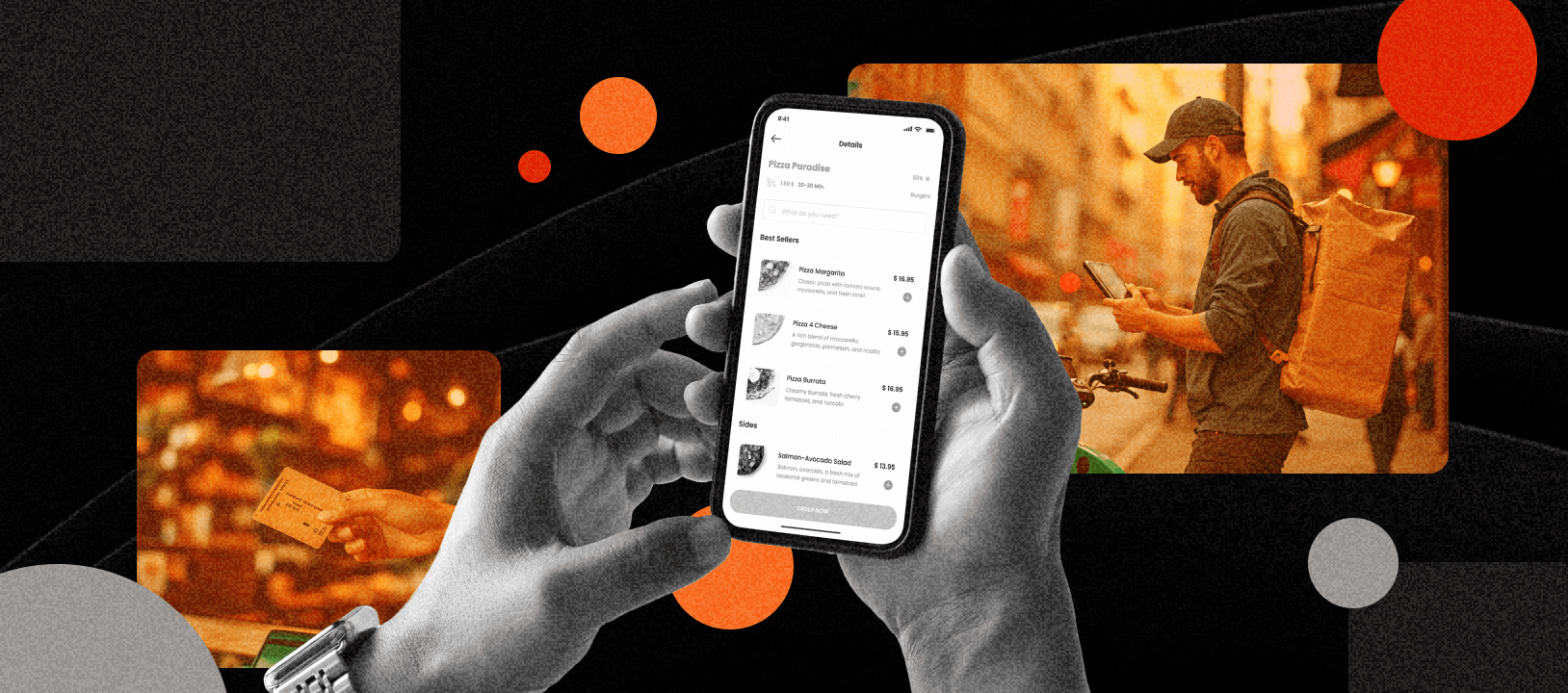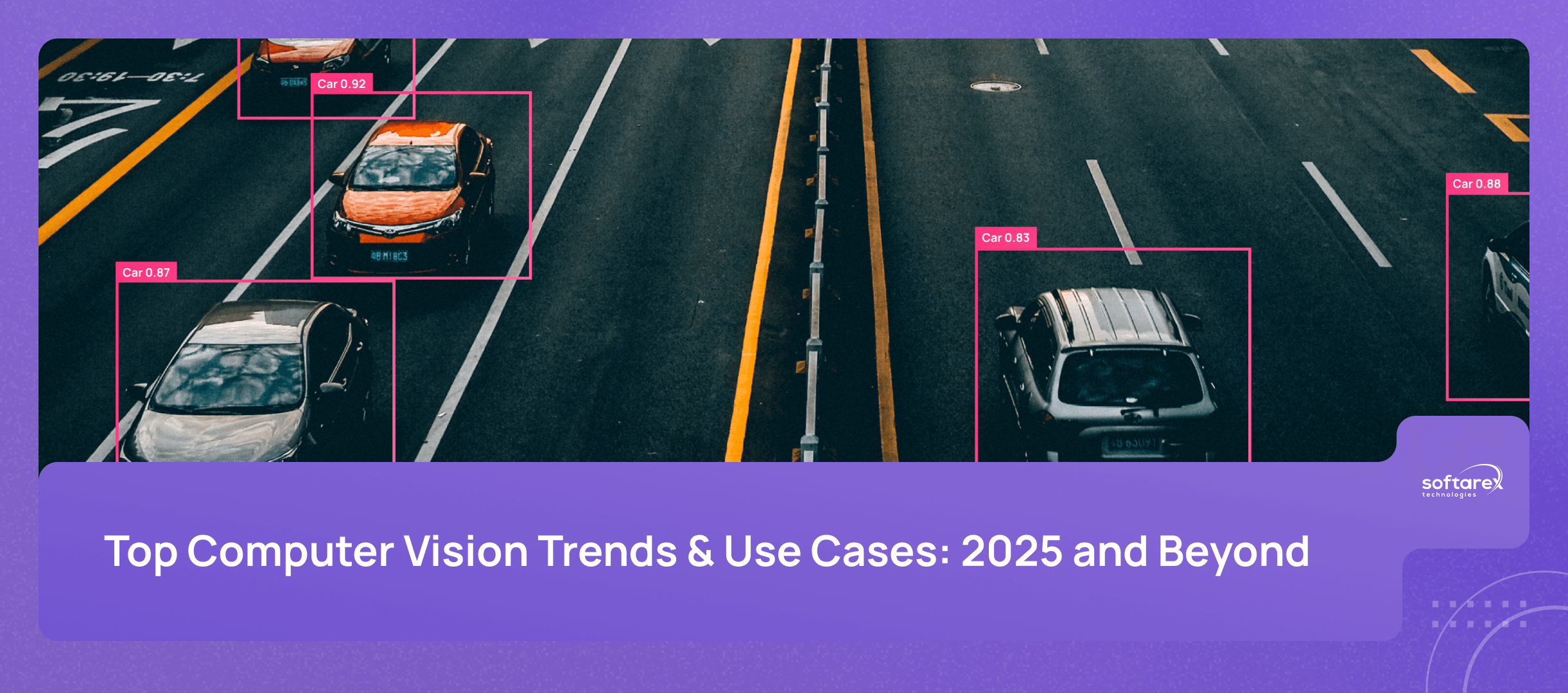The restaurant industry has undergone a remarkable digital transformation in recent years, particularly accelerated by the COVID-19 pandemic. This shift has fundamentally changed the way restaurants interact with their customers, moving from traditional in-person dining to sophisticated digital engagement. According to McKinsey, the food delivery sector alone has emerged as a $150 billion global market, having dramatically tripled since 2017, with the US market showing particularly impressive growth during the pandemic period.
This digital revolution goes beyond convenience – it is reshaping the entire customer experience landscape. Research shows that online ordering experiences now require the same careful design as traditional, face-to-face services. Take McDonald’s as an example: its digital initiatives, which include online ordering, delivery and drive-through services, generated over $18 billion in digital sales in 2021, accounting for a quarter of its revenue in key markets.
Modern consumers are increasingly prioritizing experience over price, with research showing that 73% of customers consider experience to be a key factor in their purchasing decisions. Many restaurants are at a crossroads, operating with outdated ordering systems that fail to bridge the gap between customer expectations and service delivery. However, this challenge presents an opportunity for restaurants to differentiate themselves through innovative digital solutions that improve customer engagement and satisfaction.
Finding the Perfect Fit for Your Restaurant’s Ordering System Needs
Choosing the right online ordering system is a critical decision in modern restaurant operations, one that affects both daily operations and long-term success. Start by identifying the pain points in your business: Are long wait times frustrating customers? Are staff shortages making it difficult to keep up with demand? Are you missing out on upselling opportunities or struggling to attract younger, tech-savvy guests? Understanding these challenges – whether they are operational, customer service or revenue-related – will help you find a system with the features that match your goals.
Integration is key. Look for a platform that works seamlessly with your POS and other systems, enhances the customer experience, and provides timely data insights to make smarter decisions. A great online ordering system isn’t just about processing orders; it’s a dynamic tool that updates menus in real time, tracks orders, and personalizes the experience to keep customers coming back. Chipotle’s comprehensive digital implementation is a standout example, driving a 133% increase in digital sales and contributing to more than half of the company’s total revenue by 2021.
Building Customer-Centric Experiences
But choosing the right technology for online ordering is just the beginning. Success depends on thoughtful implementation, robust staff training and clear communication of the benefits to your customers.
Ultimately, technology alone is not enough – restaurants must now create digital experiences that feel personal, intuitive and truly transformative. This requires a strategic approach that prioritises personalisation, designs seamless user experiences and delivers unparalleled convenience. From self-service kiosks to mobile apps, the digital tools restaurants choose are becoming the critical interface between customer expectations and foodservice innovation.
Let’s explore the strategic tools and technologies that can help restaurants create exceptional, customer-centric experiences.
Self-Service Kiosks and Mobile Ordering Apps in Action
Self-service kiosks and mobile ordering apps offer the convenience of digital ordering and meet the modern customer’s expectations for speed, control and personalisation.
Research from the National Restaurant Association highlights the widespread appeal of online ordering apps, with 60% to 80% of Gen Z, Millennials and Gen X expressing a preference for smartphone-based ordering and payment options. Beyond basic functionality, these apps drive customer engagement with features such as loyalty programmes, push notifications and personalised offers.
Self-service kiosks are changing the way customers order by addressing common frustrations with traditional methods. These touchscreens, integrated with POS systems, eliminate the hassle of long waits and allow customers to browse and order at their own pace. For example, Taco Bell’s introduction of self-order kiosks increased digital sales by 35% and encouraged customers to spend more time exploring the menu and discovering new options. By giving customers more control over the ordering process, the kiosks create a more relaxed and user-friendly experience. With a projected 6.4% growth in kiosk adoption by 2026, their role in creating efficient and customer-friendly dining experiences will only continue to grow.
Creating an Effective Online Menu Design
Creating a seamless online ordering experience is about combining simplicity, functionality and visual appeal to meet users’ needs effortlessly. Navigation should feel natural – think few, clear tabs (around four) and a home screen that prioritises quick actions such as re-ordering. Every step should be obvious and intuitive, eliminating guesswork while ensuring all potential next actions are visible and accessible.
Design also plays a key role. Clean layouts with minimal icons keep things simple, while vibrant, high-contrast food imagery appeals to the senses and makes dishes irresistible. Customisation options should be front and centre – intuitive ingredient selection, real-time cost and nutritional updates, and easy change controls help users feel confident and in control.
Location and order selection should be smooth and informative. Interactive maps, detailed store information and multiple options at every step make it easy to choose the best location.
A well-designed menu is never static. Insights from user data and evolving preferences should continually shape and refine the experience, ensuring it remains as dynamic and engaging as the customers it serves.
Integrating Contactless Payment Solutions
Contactless payment solutions make transactions faster, safer and more convenient. Driven by post-pandemic consumer preferences and technological advances, restaurants are increasingly adopting digital payment methods such as mobile wallets (Google Pay, Apple Pay, Samsung Pay), QR code payments and wireless point-of-sale (POS) systems. These solutions offer multiple benefits: increased convenience for customers who can pay directly from their smartphones, increased security through encrypted NFC transactions, and improved operational efficiency for restaurants.
For online ordering and delivery customers, who are particularly tech-savvy, recent surveys show that 79% prefer contactless payment options, and 73% are keen to use digital wallets. Beyond convenience, these integrated payment systems seamlessly link to loyalty programmes, enhancing the overall online ordering experience and creating a more personalized dining journey. In fact, 80% of consumers are more likely to buy from brands that offer tailored interactions, and mobile payment options are becoming a smart way for restaurants to retain customers and stand out in a competitive market.
Turning Loyalty into Sales
Loyalty programs are more important than ever for restaurants looking to drive customer engagement and sales. Modern consumers demand personalized experiences that deliver clear, tangible value, and expect brands to use data intelligently while maintaining transparency.
Starbucks’ loyalty program stands out for its seamless digital integration, with over 30% of purchases made through the mobile app in Q1 2024. The program’s success is due to its ability to simplify order customization, track rewards, and offer personalized discounts, resulting in reward members visiting cafes more often and spending more per visit than ever before.
Similarly, Subway’s MVP Rewards has revolutionized its approach by transforming its previous loyalty model into a more engaging experience. The program has over 32 million users and features a strategic three-tier membership system that allows customers to unlock progressively better benefits, while offering innovative incentives such as point-matching promotions and automatic migration of existing members.
This proves that the most effective loyalty strategies go beyond traditional point accumulation and focus instead on delivering tailored experiences that resonate with individual customer preferences. By leveraging first-party data from POS and online ordering systems, restaurants can create hyper-personalized rewards that go beyond generic promotions. Whether through birthday discounts, celebrating special occasions, or surprising customers with bonus points on their favorite dishes, these strategies turn casual diners into loyal brand advocates.
Bridging Convenience and Control in Delivery
Restaurants now face a delicate balancing act, weighing the convenience of third-party platforms such as Uber Eats against the control offered by in-house delivery systems. On the one hand, third-party services offer instant access to a large customer base and the ease of plugging into a vast digital ecosystem. With 71% of consumers saying they prefer to use services like DoorDash, Grubhub and Postmates, the appeal is clear. However, these platforms come with hefty commission fees, often taking up to 30% of each order. On the other hand, developing an in-house delivery operation gives restaurants full control over their brand and direct access to customer relationships, but requires significant upfront investment and operational expertise.
The modern solution isn’t an either/or choice, but a strategic mix. Many restaurants are adopting hybrid models – leveraging the reach of third parties while gradually building their own delivery infrastructure. Technology platforms play a key role in this approach, streamlining order management across multiple channels, linking POS systems to delivery services and increasing operational flexibility. The aim is to create a delivery system that balances efficiency, customer convenience and profitability.
Simplifying the collection and delivery process is also key. Real-time order tracking gives customers peace of mind, allowing them to easily time their pick-ups or anticipate deliveries. For example, Domino’s has introduced Pinpoint Delivery, a feature that allows customers to drop a pin on a map and have a pizza delivered to almost any location – be it a park, a beach or a baseball field. Innovations like this not only increase convenience, but also optimize the preparation and delivery process, ensuring that food arrives fresh and on time.
What’s Next for Online Ordering Systems?
The digital transformation of restaurant ordering is far from complete. In fact, emerging trends point to a future where AI-powered technologies become central to restaurant-customer interactions. Take AI chatbots, for example – they are evolving beyond simply taking orders to understanding individual preferences, recommending personalized menu items and predicting ordering patterns.
In addition, advanced restaurant management software will integrate seamlessly across platforms, creating a unified ecosystem that connects every touchpoint of the customer journey.
Predictive ordering systems will redefine personalization by anticipating customer preferences before they even make a choice: from intelligent recommendations based on previous orders to dynamic pricing and real-time inventory management, technology will continue to bridge the gap between customer expectations and restaurant capabilities.
The key to success will remain the same: continuous adaptation. Restaurants must commit to continually updating their digital ordering systems to remain agile and responsive to evolving customer needs. The most successful establishments will be those that view technology not as a static solution, but as a dynamic tool for creating more meaningful, efficient and personalized dining experiences.
You may find it helpful to look at a real-world example of this — check out our case study for a Restaurant Management Platform.









